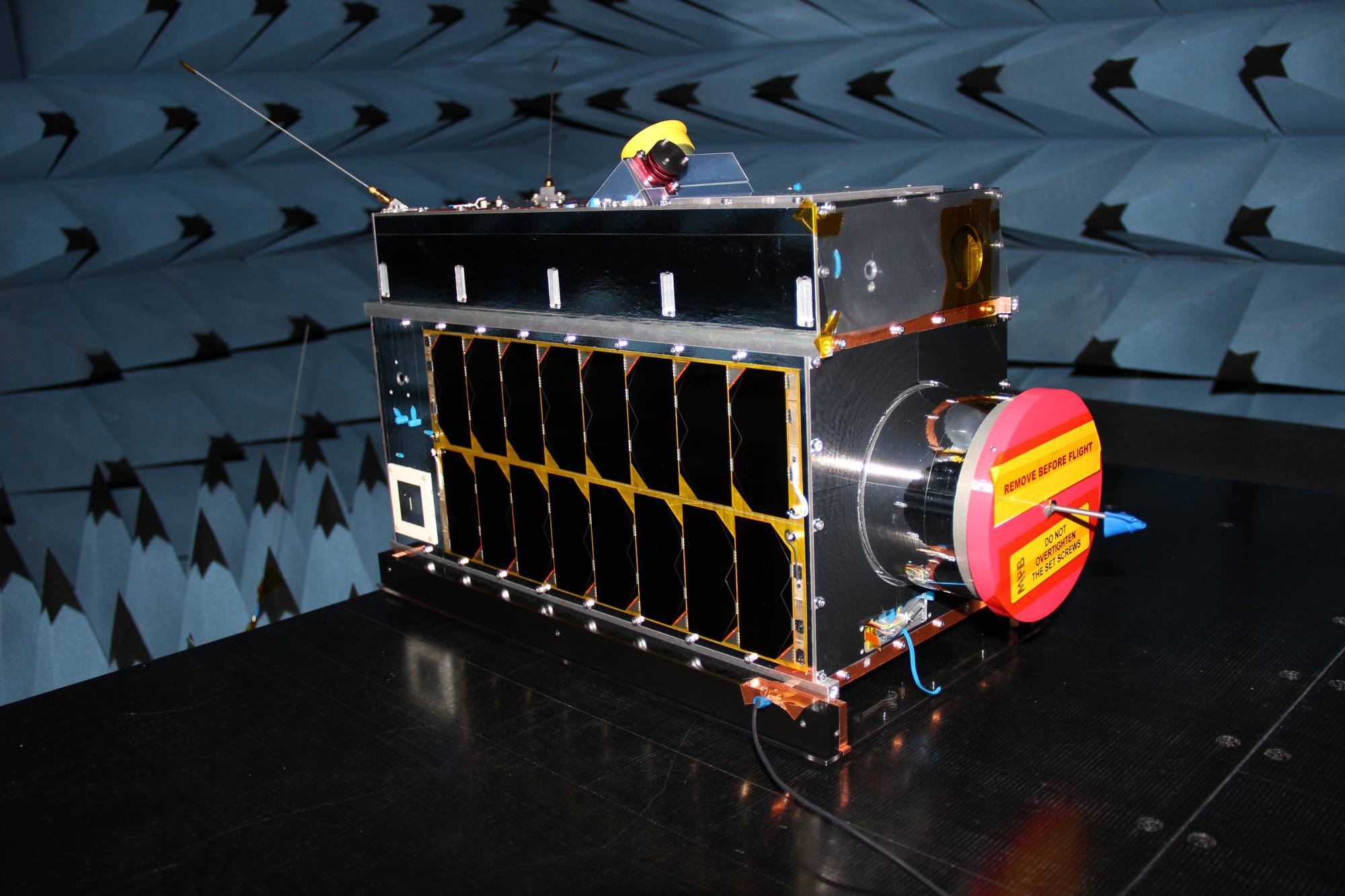Methane, the powerful, invisible greenhouse gas, has been leaking from oil facilities since the first wells were drilled more than 150 years ago. Most of that time, it was very difficult for operators to measure any emissions accurately — and they had little motivation to, since regulations are typically weak.
Now, technology is catching up just as there is growing alarm about methane’s role driving global warming. A Canadian company, GHGSat, last month used satellites to detect what it has called the smallest methane leak seen from space and has begun selling data to emitters interested in pinpointing leaks that previously were harder to spot.
"The discovery and quantification of gas leaks from space is a game-changer in the interaction of atmospheric sciences and climate change mitigation,” said Thomas Roeckmann, professor of atmospheric physics and chemistry at Utrecht University in the Netherlands and coordinator of a project, called MEMO2, to measure methane leaks at ground level. "We will likely be able to detect smaller and thus potentially many more leaks from space in the near future.”


















With your current subscription plan you can comment on stories. However, before writing your first comment, please create a display name in the Profile section of your subscriber account page.